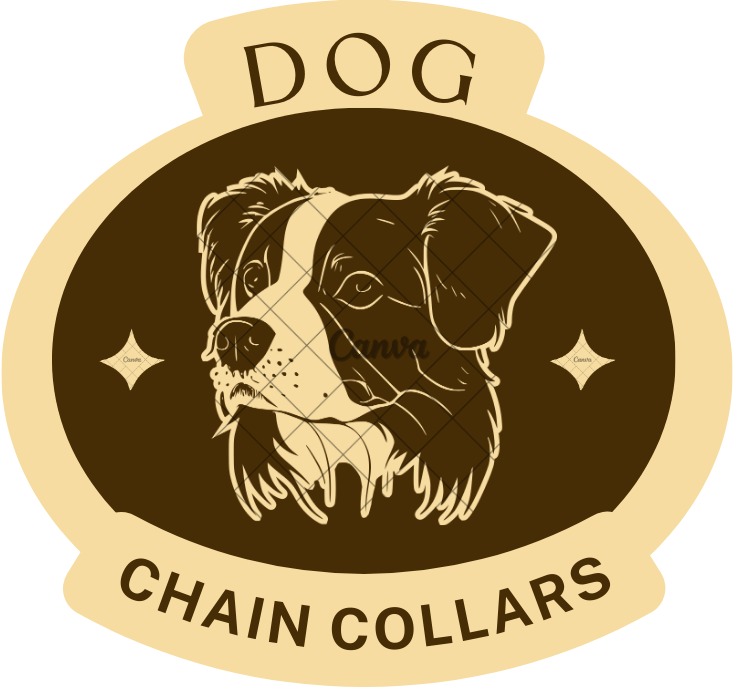Introduction
Dog chain collars pose several significant problems, including emotional distress for the dog, physical health risks, and a lack of effective training. These collars can cause heartache pain, leading to potential aggression and negative associations with other dogs. Physically, they may damage the esophagus or trachea and harm the skin around the dog’s neck. Furthermore, these collars fail to teach the dog appropriate behavior, focusing on punishment rather than positive reinforcement.
A major concern is the potential deterioration of the dog’s mental well-being during walks, as the painful sensations can create anxiety and distrust. Subtle signs of stress, such as yawning, lip licking, and dilated pupils, may go unnoticed but indicate the dog’s discomfort.
Alternatives such as head collars and no-pull harnesses offer more humane approaches to control and train dogs. Head collars, akin to halters on horses, provide control over the dog’s head, influencing the body’s movements. However, caution is advised, emphasizing gradual introduction and positive associations to prevent the dog from resisting the collar. No-pull harnesses, especially those with a front clip design, offer humane control and are quickly accepted by dogs, making them a viable alternative to chain collars when combined with positive training methods.

Heartache Pain
One of the main problem with dog chain collar tools like these are the emotional fallout they can cause. This can lead to mistrust, misunderstanding, and even aggression. A dog trying to interact with other dogs in a friendly manner will instead be to met with this pain from this type of collar. They could easily associate the pain with the sight or interaction with another dog, possibly creating aggression towards your puppy.
Physically Problem
This type of collars can cause physical pain problem also. Dog chain collars put dogs at risk for damage to the esophagus or trachea. This collars can scratch or puncture the skin around dogs’ necks. One type of collars can cause damage ranging from redness and irritation to infection and tissue death, depending on the tightness of the collar and duration of wearing. Dogs are supple animals and can build up resistance to the shock or the pain of a pinch collar, making them ineffective.
Doesn’t teach the dog what to do?
This type of collars focus on stopping behavior, rather than on teaching the animal what to do instead. The dog learns “Ouch, that hurts when I pull! But I don’t know what you want me to DO. Should I stop moving altogether and just sit here instead?”
An enjoyable walk can quickly become an anxiety-ridden outing as the more the dog receives a painful sensation, the more he starts to distrust his surroundings. “What caused that pain? Was it moving? Was it walking? Was it that dog that I saw while I was pulling? Was it my owner?”
Watch for subtle signs of stress
While the dog may outwardly appear to be “doing better”: (e.g., pulling less), watch for more subtle signs that he is stressed, such as yawning, lip licking, dilated pupils, blinking, sneezing, turning away, panting rapidly, tucking his tail, laying his ears back, scratching his neck or shoulders, and “drying off” when he is not wet. These are all signs of a stressed dog.
Head collars
Similar to a halter on a horse, head collars are a humane way to give you a lot more control over your dog, especially if you cannot physically handle him. If you have control over the dog’s head, the rest of the body will follow. Always combine head collars with positive training.
Caution with head collars:
They should always be paired with high-value treats and be introduced gradually so the dog acclimates to wearing them. Putting the head collar on your dog without first associating it with something good is likely to yield a dog who constantly paws at the head collar, trying to remove it. You can prevent this by pairing it every time with delicious treats. See our handout on muzzle training for more tips
No-pull harnesses
Front clip harnesses, where the leash clips to the harness in the front across the dog’s chest, rather than on top of the back, are also a great and humane choice. They don’t give you quite as much control as a head collar, but tend to be more quickly accepted by dogs without doing much “prep work.” Again, they should be combined with positive training.
When using dog chain collars, begin by acclimating your dog slowly, associating it with positive experiences to foster comfort. Ensure a correct fit for safety and avoid over-tightening. Focus on consistent, gentle corrections to communicate effectively. Utilize short training sessions for optimal results, keeping the overall experience positive. Always monitor your dog’s behavior for signs of stress and adjust training accordingly.
For more in-depth guidance on using dog chain collars and enhancing your training approach, click here.

